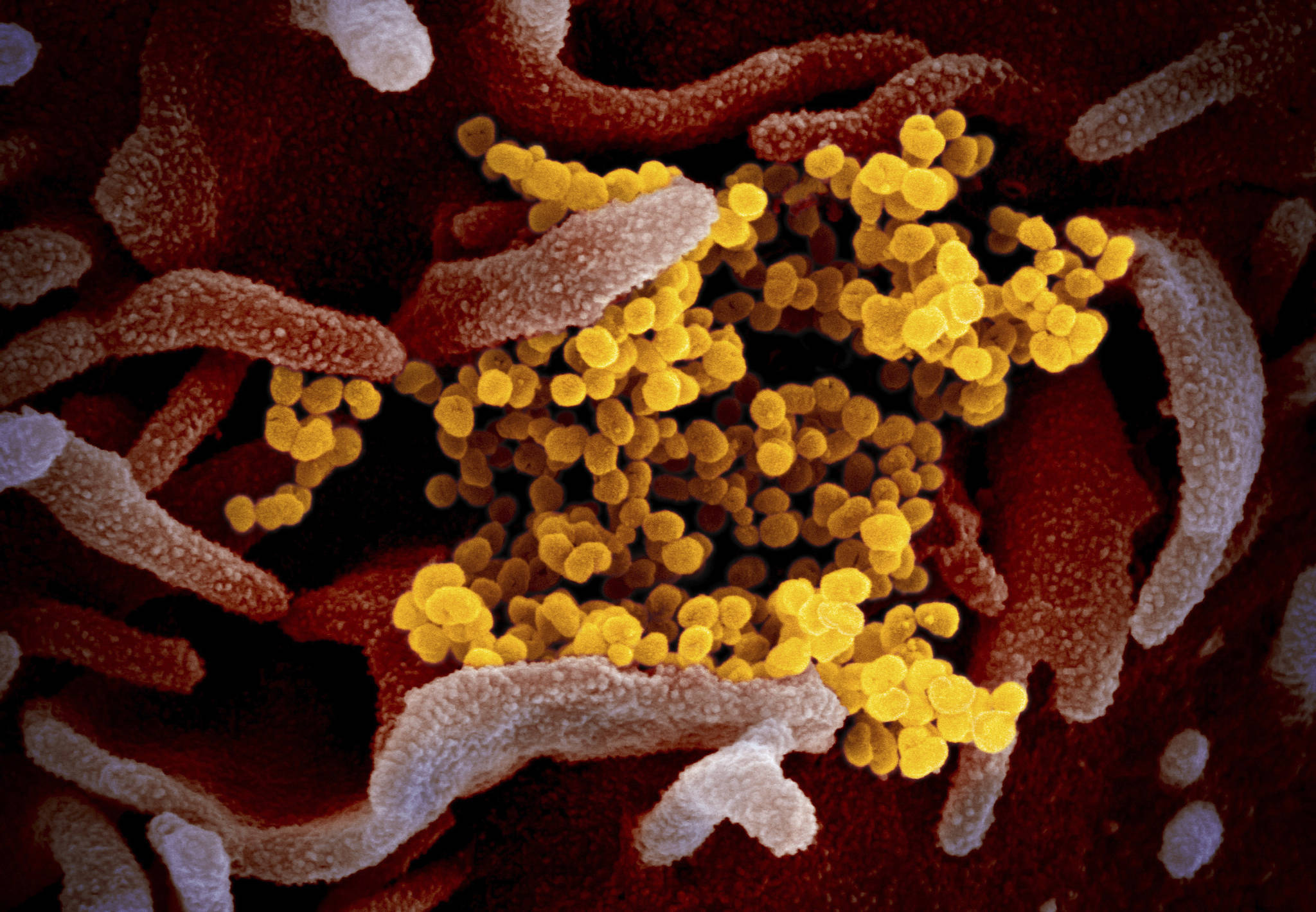The Alaska Department of Health and Social Services has been unable to identify the sources of three COVID-19 cases in Juneau, according to City and Borough of Juneau. This indicates community transmission of COVID-19 in Juneau.
“Learning that we definitely have community transmission only reinforces the need to assume we are all exposed when around other people, and could be spreading it without knowing we have it,” said City Manager Rorie Watt in a release. “We should all be staying home.”
Watt said if someone does go out for an essential reason, they should stay at least six feet away from others. In places where that’s difficult, Watt said they should follow the advice of the Centers for Disease Control and Prevention and Alaska Chief Medical Officer Dr. Anne Zink and wear a cloth face covering.
[State confirms more cases for Juneau]
Seven of Juneau’s 14 cumulative COVID-19 cases have recovered, according to CBJ. That means the people are no longer contagious and are no longer in isolation.
Cases by source
The source of the virus in Juneau’s 14 cases can be categorized in four ways, according to local public health nurses with DHSS.
• 1 Travel: Travel was outside of Alaska during some or all of their exposure period in a location with known COVID-19 cases.
• 6 Secondary: Secondary transmission is a contact to a confirmed Alaskan case, often within a household. One secondary case in Juneau was a result of travel within Alaska.
• 3 Community: Cases attributed to community spread were interviewed to ascertain their source of exposure, but none could be determined. Their exposure was potentially an undiagnosed case within the community or an unnamed connection to another confirmed case.
• 4 Under Investigation.

